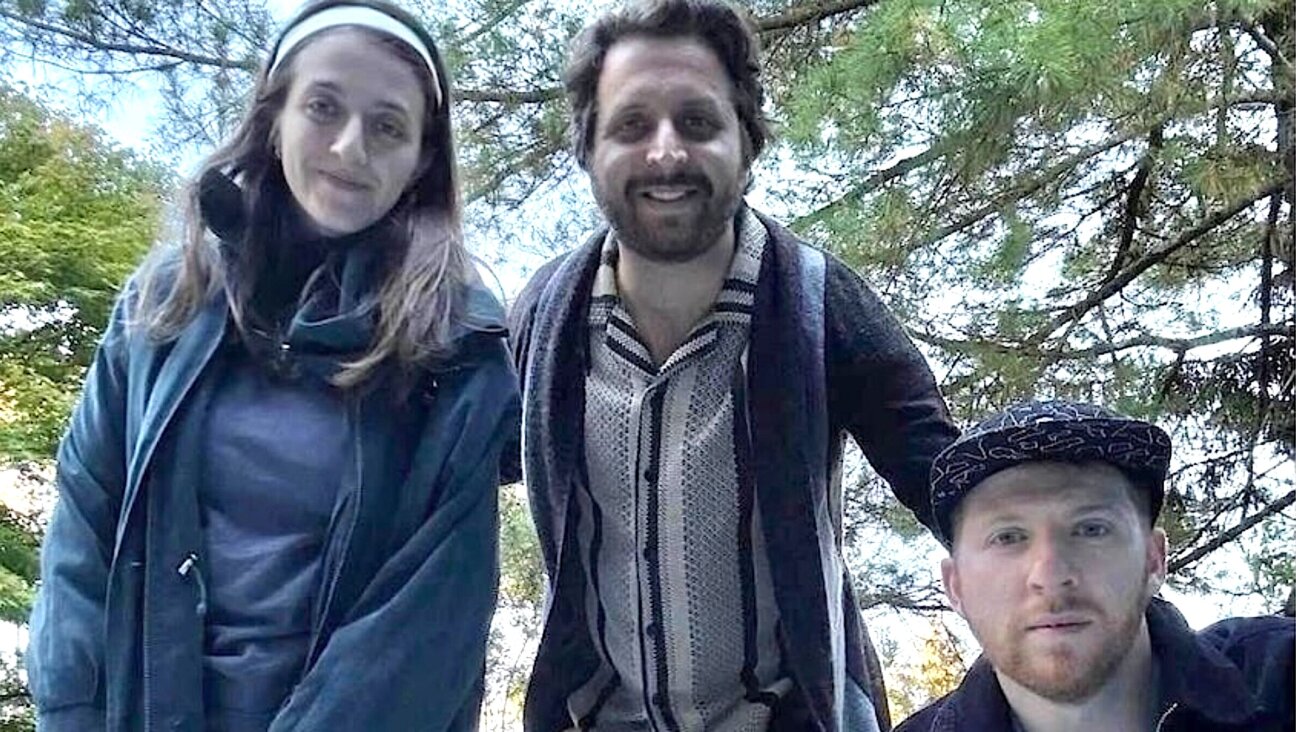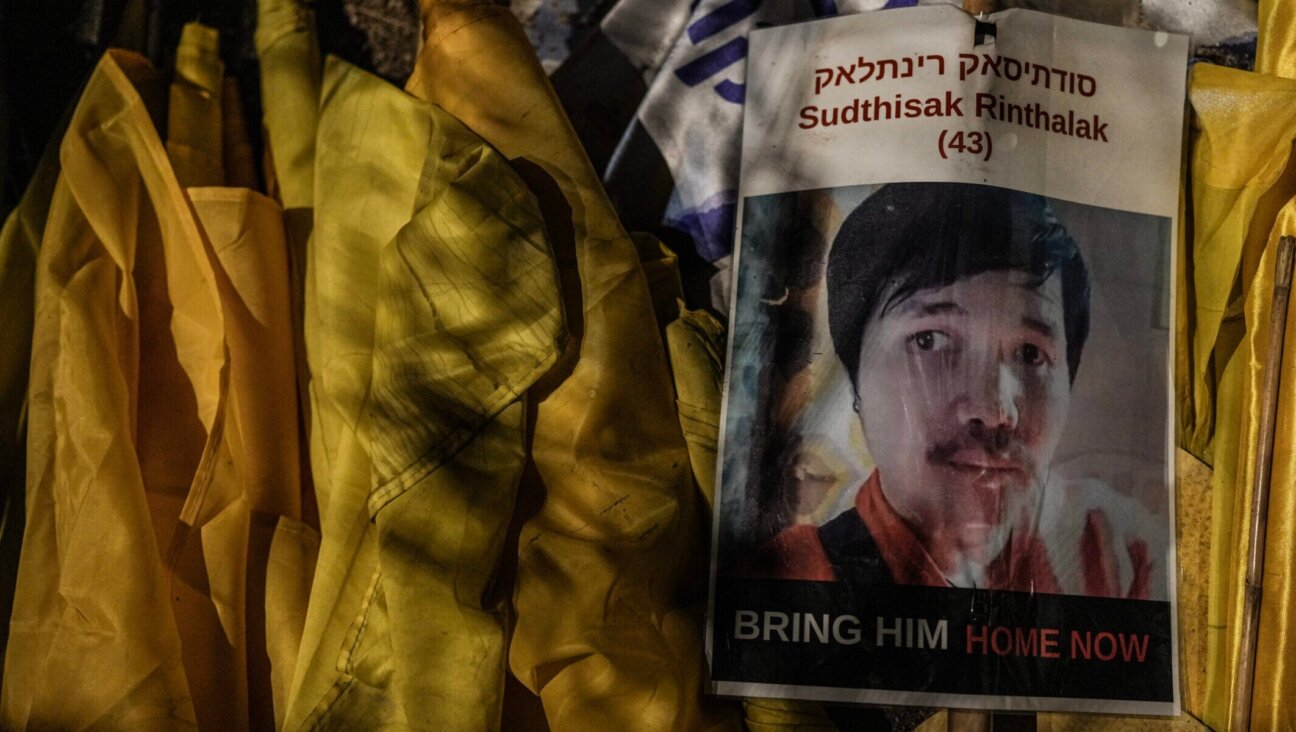Make Space for Transgender Jews at the Kotel

Image by Lior Zaltzman
illustration by Lior Zaltzman
When Kay Long approached the Western Wall in Jerusalem last week, she was turned away because according to one of the Orthodox women supervising the women’s side of the Wall, Ms. Long was not a woman. In Orthodox Judaism, religious space is gendered space. Men and women are rigorously separated, not just at the Western Wall but in synagogues, while studying sacred texts, and even at weddings, where men and women dance separately.
Halacha or Traditional Jewish law assumes that maleness and femaleness are unchangeable and self-evident. The Orthodox woman who turned Ms. Long away was charged with ensuring that only women and girls enter the women’s section, so that the sacred space would remain acceptable and thus accessible to Orthodox women. In order to do so they rely on their ideas about what women should look like to decide whether those who approach their side may enter. Ms. Long, evidently, did not fit those ideas, despite the fact that it had been years since she had made the transition from living as a man to living as a woman.
I too visited the Wall after I began living as a woman. Though I was terrified that I would be turned away, in the midst of the turmoil of divorce and gender transition, I felt drawn to the Wall as a place where the heartbroken Jews have long come to pour out our hearts and pray for healing. I had come years before as a boy, then as a man, and I longed to stand there as my true self. Unlike Ms. Long’s, my gender wasn’t questioned, probably because my height is closer to what the Orthodox guardians of the women’s section consider normal for women. I approached the Wall, wept and prayed, and left, still heartbroken, but somehow more whole.
Though pre-modern ideas of gender are built into Orthodox Jewish law and culture, Judaism includes many values higher than gender segregation, including the value of treating all human beings with respect. According to the Torah, human beings are created in God’s image, so to treat a human being disrespectfully is tantamount to disrespecting God. Indeed, one famous commentary says that shaming another human being is tantamount to spilling their blood. But the woman who turned away Ms. Long away does not seem to have been any more reflective about the religious, moral and ethical implications of her actions than she was about Ms. Long’s gender. To deny that Ms. Long is who she says she is was an act of profound disrespect, and to shame Ms. Long by denying her access to a sacred site was an act of moral and ethical violence.
Ms. Long herself responded thoughtfully, withdrawing from the site out of consideration for the Orthodox woman’s feelings and the holiness of the sight. “It’s unfortunate,” Ms. Long said, in an article on ynet.com, “that the Orthodox woman did not choose to respect me the way I chose to respect her.” Ms. Long respected the Orthodox woman’s religion and her understanding of gender, even though both denied Ms. Long’s basic human right to self-definition.
I suspect that Ms. Long’s response reflects many years of experience in negotiating such situations. Like African Americans, trans people live in a world where we are constantly judged, often discriminated against and sometimes verbally and physically assaulted because of our appearance. From small children on playgrounds to police officers, bureaucrats, employers, co-workers, salespeople, family members, neighbors, and passing strangers, the world is filled with people who assume that it is their right to judge others’ genders. As a result, many transgender people, myself included, are always waiting to see if our claims to be who we are will be subtly or violently rejected.
And so, like African Americans, transgender people become accustomed to living in a world in which our basic humanity may, at any moment, be denied or disrespected. In order to survive, we learn to negotiate our feelings of shame, humiliation and rage, to respect the feelings of those who do not respect us. We develop our own versions of what WEB DuBois called “double consciousness,” always reminding ourselves how we look to those who are not transgender, how strange, repugnant, or scary we may seem, how clear it may seem to others that our presence defiles sacred places, disgraces families, disrupts workplaces. We learn, as Ms. Long’s dignified response shows she has learned, that others may hold very different beliefs about gender than we do, and that we will often have to choose between respecting beliefs that deny our identities or engaging in confrontations that may endanger our lives.
When I approached the women’s section, seven years ago, I too steeled myself for rejection and, like Ms. Long, I knew I would accept that rejection if it came out of a desire to respect Orthodox beliefs. I even felt a kind of kinship with the Orthodox women I feared would reject my claim to be who I am. I know what it is to be a member of a misunderstood and persecuted minority, and how hard it is to live surrounded by those who see our appearances as strange, our beliefs as incomprehensible, and our presence as a burden or an affront.
I also know something the Orthodox women at the Wall do not: thanks to my experience teaching as an openly transgender woman at Yeshiva University’s Stern College for Women, I know that Orthodox Jews can live with and respect understandings of gender that vary greatly from, and contradict, their own. My students prove that in every class and private meeting, and so do students I see in passing. I have never been treated disrespectfully by any Stern student. This respect does not reflect some resolution of our conflicting ideas of gender and identity; rather, it reflects the fact that people of good will can learn to live with differences they neither approve of nor understand. Our encounters are governed not by the halachah of gender, but the halachah of respect for humanity As a result, despite the cultural and theological distance, we can study together, learn together, laugh together, and, in limited but significant ways, touch one another’s lives.
Some students go beyond maintaining respectful distance. Last semester, I was invited to speak to a student group. The weather was terrible, but the room was packed. Yeshiva University students are coming out to their friends as gay, lesbian or trans, and they are finding support from “straight” students who are taking social and professional risks to be their allies and promote acceptance of LGBT people. Outside Yeshiva University, organizations such as Eshel and JQY (Jewish Queer Youth) are working to encourage Orthodox communities to accept their LGBT members.
It may take decades, but the day is coming when transgender Jews who visit the Wall will be met not with denial of our identity and exile from our people’s holiest place, but with respect, and even understanding. On that day, though our ideas of gender may remain diverse, the Jewish people will have taken a major step toward honoring the idea that all human beings are created in the image of God.
















